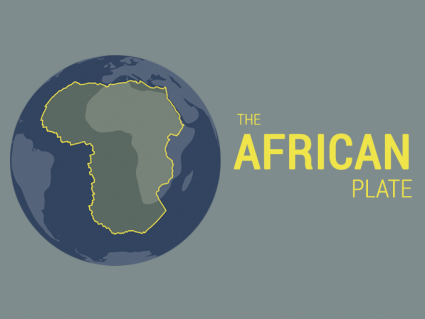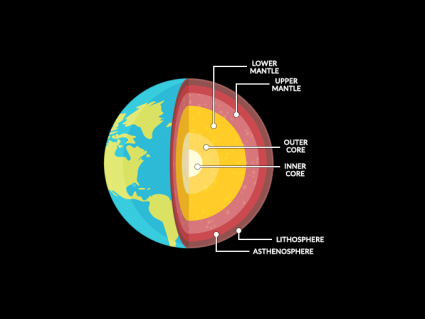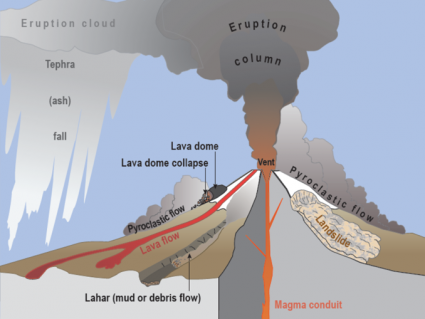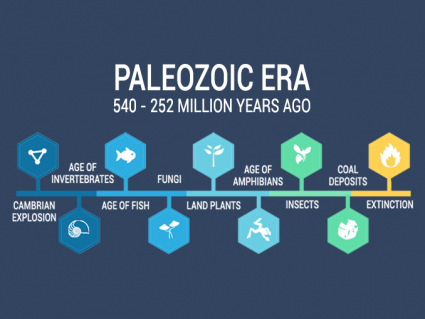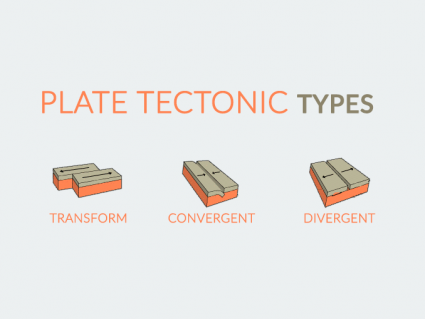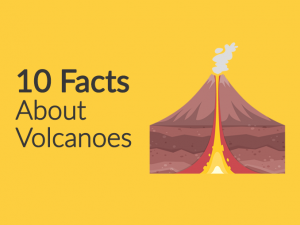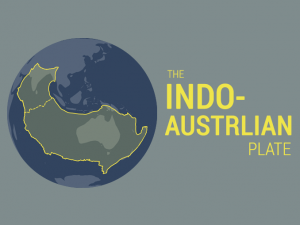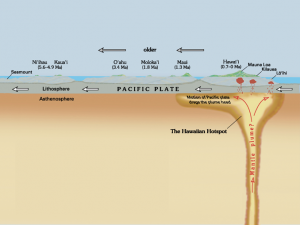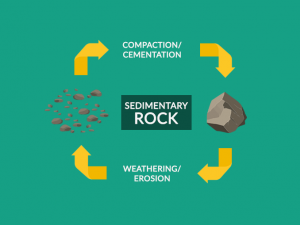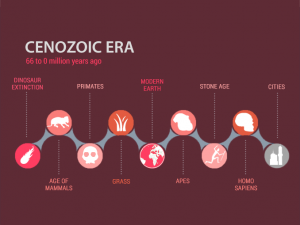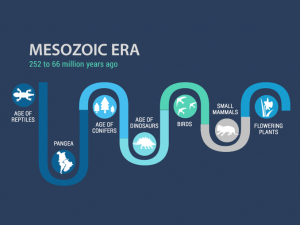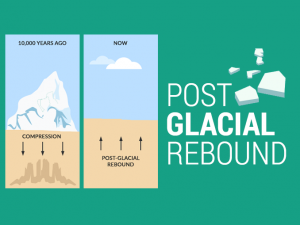8 Soil Structure Types
Soil is not just a single shape. Instead, it’s a mix of different shapes and soil structure.
Each type has its own special features. These features affect how plants grow. They also change how water moves through the soil.
Today, we’ll go on a journey into the ground beneath us. Let’s explore what makes each soil structure unique.
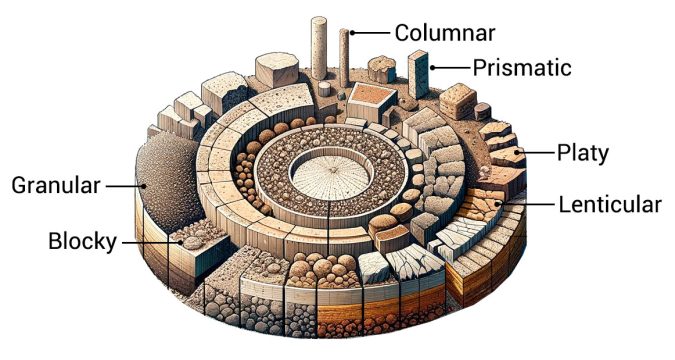
1. Granular Soil
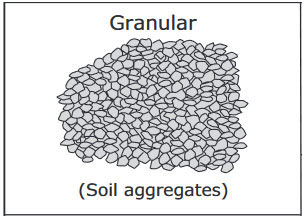
Granular soil looks like small crumbs. The crumbs, being loose, are easy to move around.
Because of its texture, roots can easily spread through granular soil.
As a result, this type of soil drains water really well and is great for growing plants.
2. Blocky Soil
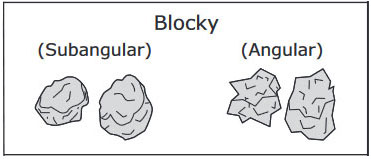
Blocky soil is made up of large, square-like clumps. These clumps are often hard and compact.
In blocky soil, water and air movement is limited so it’s tough for plant roots to grow.
We find blocky soil commonly in areas with heavy clay types of soils. Overall, blocky soil needs careful management to improve its structure.
3. Lenticular Soil
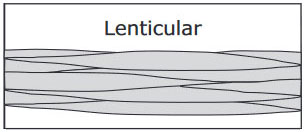
Lenticular soil is shaped like small lenses or oval plates. These layers can look like flat, overlapping discs.
We find lenticular structure commonly in layers, often in wet soils. However, water movement in lenticular soil can be quite slow.
Although this soil type is not very common in gardens, we find it in areas high in silt. It usually forms in areas with frequent soil swelling and shrinking.
4. Platy Soil
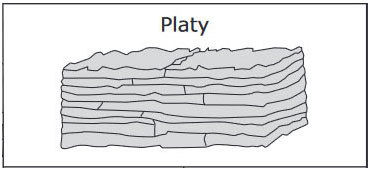
Platy soil is made of flat, plate-like particles. Imagine these particles stack up like layers of horizontal paper.
Platy soils are common in compacted and poorly drained areas. In platy soil, water and air don’t move well so this can make it hard for plants to grow.
To fix platy soils, it’s important to improve drainage and reduce compaction. Adding organic matter and regularly aerating the soil can help achieve this.
5. Wedge Soil
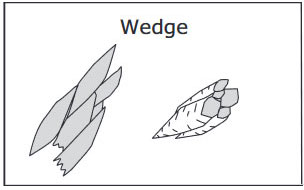
Wedge soil consists of angular, wedge-shaped blocks. These blocks are larger at the top and narrow down at the bottom.
In wedge soil, water drainage can be a challenge. This makes it hard for a plant to establish its roots and penetrate the ground.
This type of soil structure typically forms in areas with swelling clays. Managing wedge soil often requires efforts to improve its structure and drainage.
6. Prismatic Soil
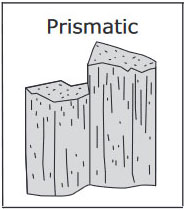
Prismatic soil is made up of vertical columns often found in subsoils, below the top layer. These columns are shaped like prisms, with a flat top.
This type of soil structure can limit water and root movement because the prisms can be quite large and hard.
Prismatic soil is common in areas with clay and in arid regions. To fix prismatic soil, you can break up the soil columns by deep tilling and adding organic matter to improve drainage.
7. Columnar Soil
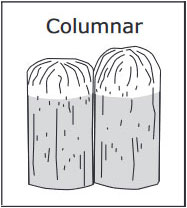
Columnar soil has long, vertical columns. These columns are topped with a distinct, rounded cap.
We find columnar soil mostly in arid or semi-arid regions. The soil is usually high in sodium, which causes the unique shape.
Water and air movement through columnar soil is limited. So, this structure can make it challenging for plants to grow.
8. Single Grain Soil
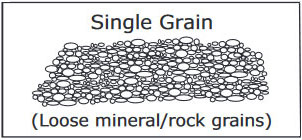
Single grain soil consists of individual soil particles. These particles don’t stick together so it’s like sand on a beach.
Because each grain is separate and moves freely, this soil drains water very quickly.
It’s not great for holding nutrients or water for plants. Due to its poor nutrient and water retention, single grain soil poses significant challenges for plant growth.
Types of Soil Structure
Remember, great gardens and healthy ecosystems start with the soil. Each type of soil structure has its own characteristics.
They influence everything from water retention to nutrient availability and root penetration. Whether it’s platy soils or prismatic soils, a little knowledge can make a big difference.
READ MORE: USDA Field Book for Soil Descriptions

